Corporate Health and Safety Director
| As of 3/24/2017, NTH has experienced 1345 days without an injury resulting in lost time or job restriction and 668 days without a recordable injury. This is a result of everyone’s continuing efforts; however, we as a company or as an individual must not become complacent. Therefore we are always on the look out for how safety measures can be improved. For example, to prevent NTH personnel experiencing a fall while performing tasks using an aerial lift or suspended scaffolding, various precautionary measures have been implemented. Employees are provided training on the use and limitations of aerial lifts and/or suspended scaffolding, use of body harnesses, lifelines, short lanyards and personal fall limiters (self- retracting lifeline or self-retracting webbing). |
Ongoing efforts are taking place to ensure that “state of the art” equipment is provided to employees that effectively achieves its goal and yet is practical to use.

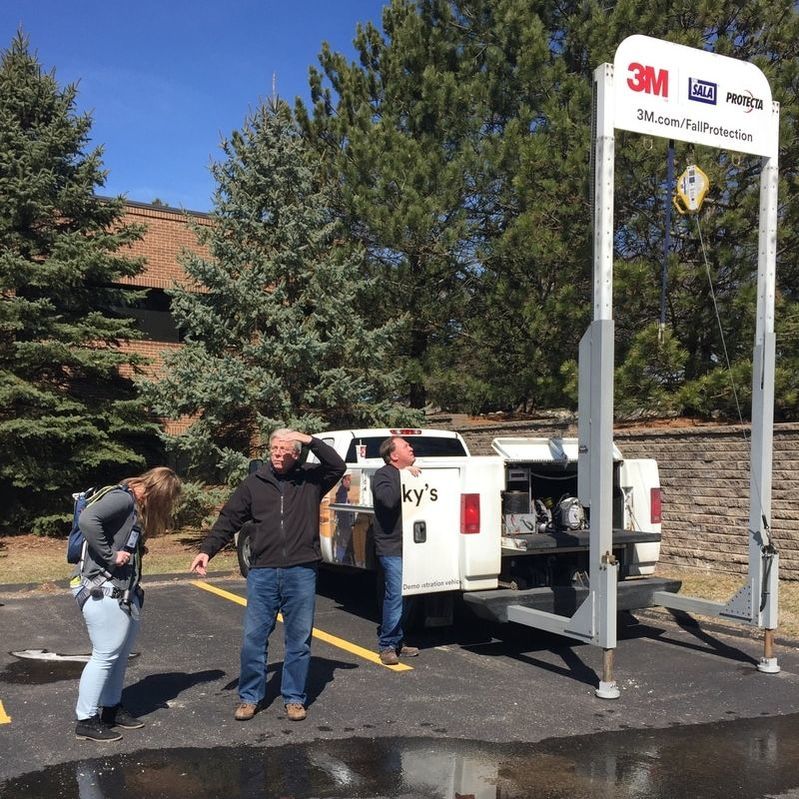
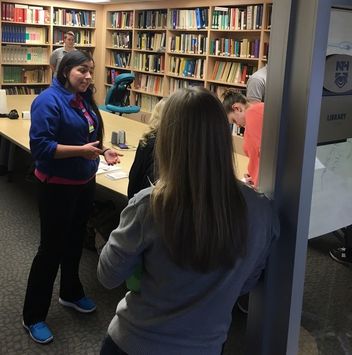
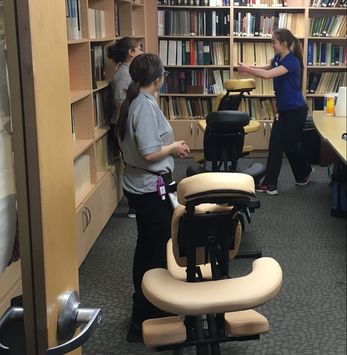

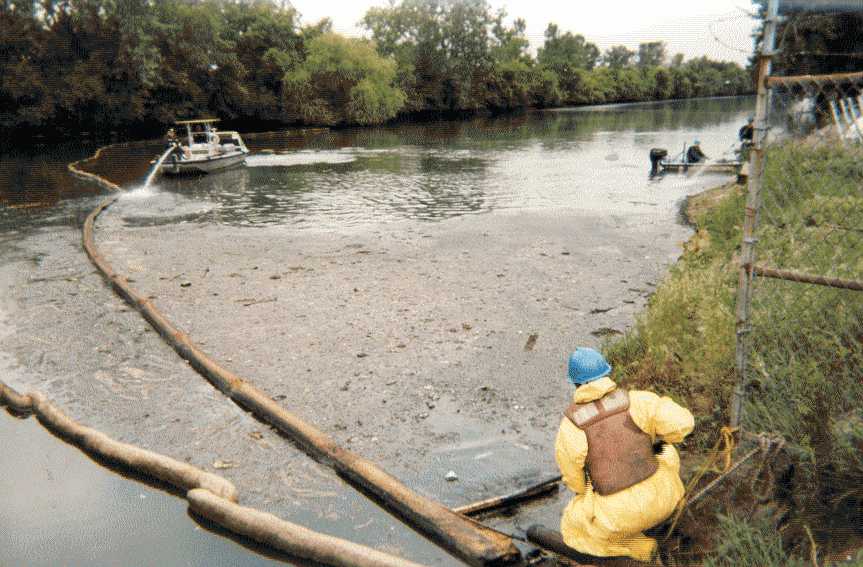
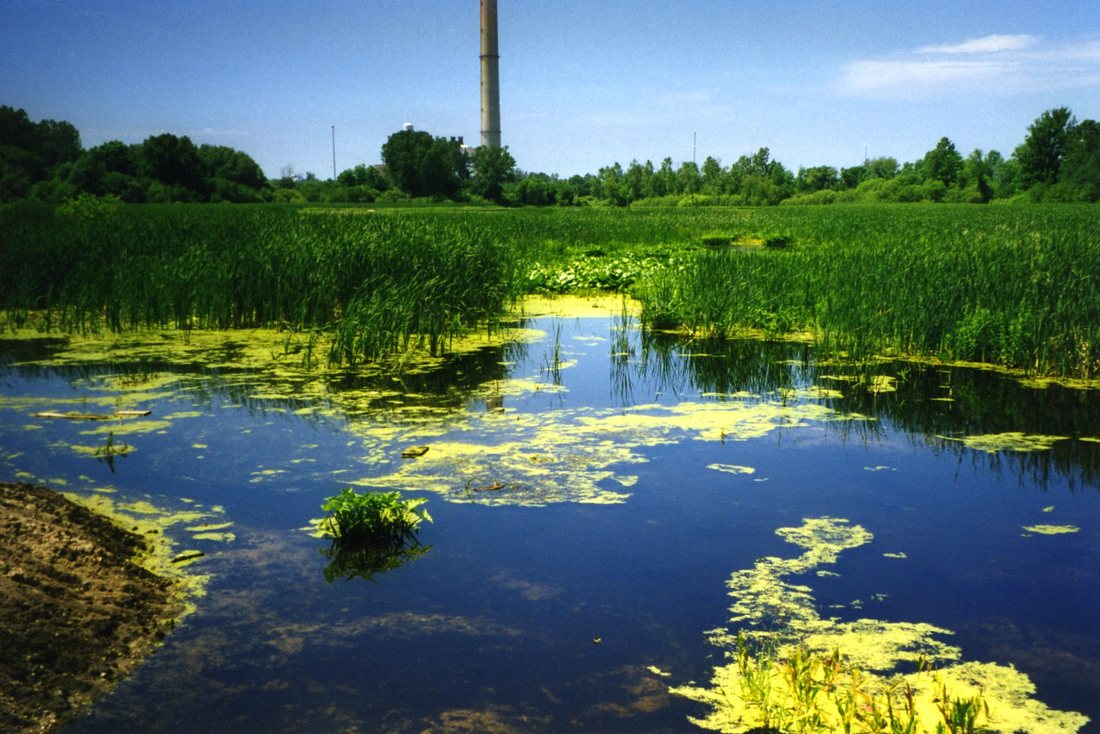

 RSS Feed
RSS Feed